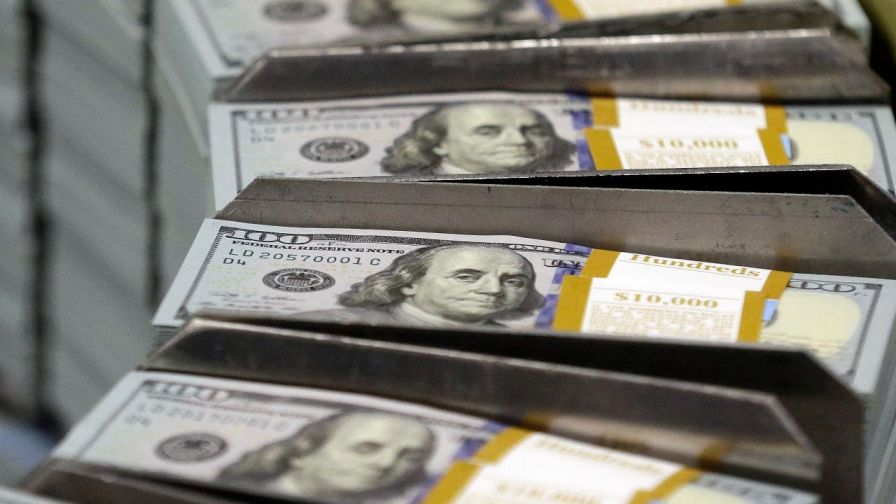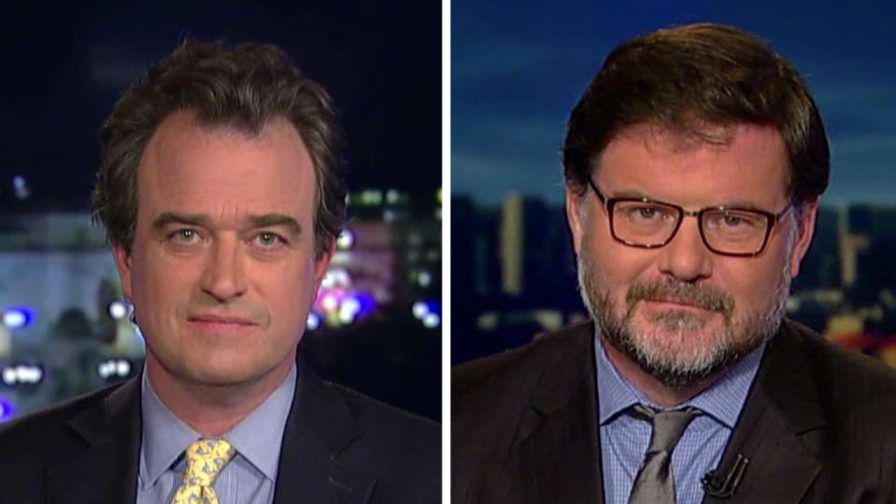Why the House needs to vote again on the tax bill
Why the House needs to vote again on the tax bill
What tax reform means for corporations, middle class and you
A breakdown of how the GOP tax plan will impact everyday Americans and corporate America. #Tucker
The U.S. Senate was scheduled to vote late Tuesday night on the tax bill. Here’s an explanation as to why the tax bill must return to the House after the Senate vote.
The House doesn’t have to live under special budget rules like the Senate does. The Senate is considering the tax bill under a special process called “budget reconciliation.”
Had the Senate entertained the tax bill under typical rules, the measure would have been subject to filibusters. It takes 60 votes to overcome a filibuster – a total that Republicans don’t have. But the GOP can avoid filibusters by handling the tax bill under unique budget reconciliation rules. That is the only route Republicans have to pass the tax measure.
Budget reconciliation limits debate and amendments. But provisions in bills considered under this process must directly deal with fiscal issues, not “policy.” When the House sent the tax bill to the Senate, Democrats spied provisions in House-approved tax bill that they believed ran afoul of the special budget rules. Democrats made points of order against those provisions (kind of like a protest). And Senate Parliamentarian Elizabeth MacDonough agreed.
Here’s what the Democrats flagged: 529 savings accounts for home schooling expenses, the title of the bill (“The Tax Cuts and Jobs Act”) and criteria to determine whether endowments of private universities are subject to the legislation’s new excise tax.
Republicans could vote to waive the special budget rules and maintain the provisions in the bill — provided they can get 60 votes. But that won’t happen when they have only 52 GOP members — and just 51 voting Tuesday night due to the absence of U.S. Sen. John McCain, R-Ariz.
A failure to secure 60 votes to overcome the budget requirements means the provisions in question are removed from the legislation.
Once provisions that don’t match budget rules are removed from the tax bill, the Senate will likely pass the proposal.
But there’s a problem. The House passed one version of the bill, while the Senate OK’d a slightly different version. So, the Senate must bounce the bill back to the House to “concur” with the Senate changes. Only then will the House and Senate be aligned and they can send a combined, unified bill to President Trump to sign.
Why all the parliamentary hopscotch?
It’s because of the “Byrd rule,” named after the late Senate Majority Leader Robert Byrd, D-W.Va. Under budget reconciliation, the Byrd rule mandates that legislation deal only with fiscal issues, The evaluation of provisions that violate budget rules is called the “Byrd bath.”
And portions of the bill that are removed are called, ahem, “Byrd droppings.”
True. Leave it to the Senate for cornpone, parliamentary humor.















